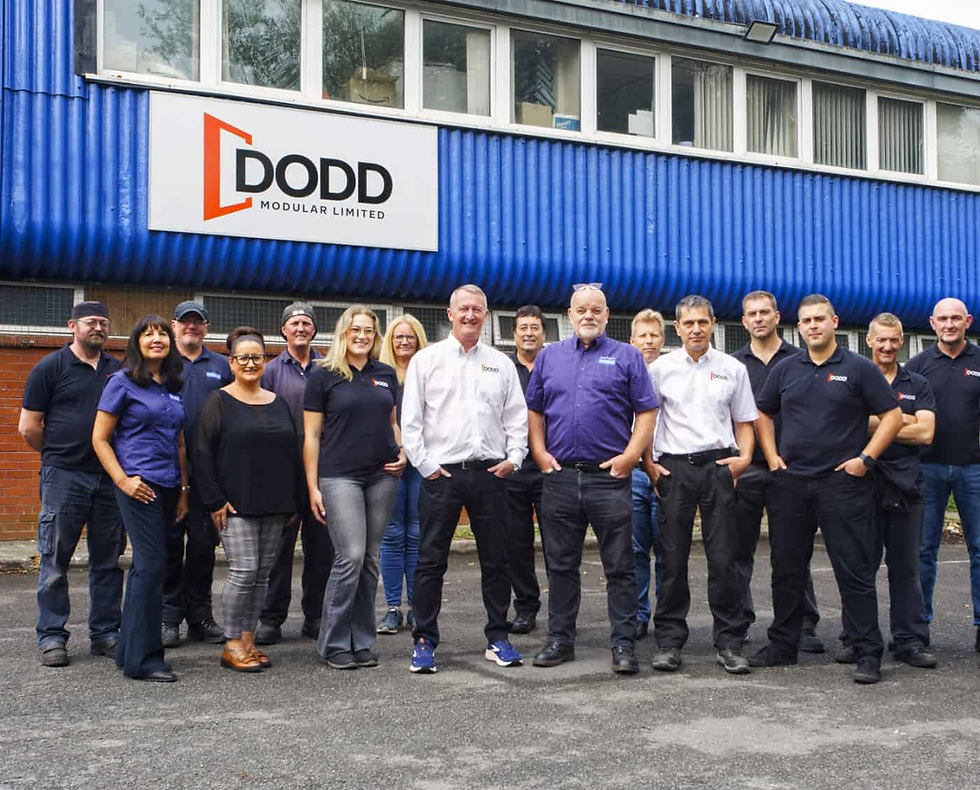Code, Clarity, and Connection: A Behind-the-Scenes Win in Modular Construction
- Audree Grubesic

- Jun 9
- 2 min read
By: Steve Dubin
At a one-day offsite construction trade show in Denver, I had the opportunity—thanks to an introduction by the team at Vederra Modular—to meet the developers behind West Holden Place, a five-story supportive housing project built using advanced volumetric modular construction by Nashua Builders in Boise, Idaho. What started as a casual connection and introduction quickly turned into a chance to solve a real problem and keep a critical project moving.

After that introduction I was invited to visit the job-site a short distance away. It became clear that they were experiencing a significant lead time issue with a key component of their exterior wall system: the originally specified insulation. With the mods already set and the on-site portion of the project schedule already in motion, the team needed an alternative that could be delivered quickly—without sacrificing performance or compliance.
I suggested they consider polyiso continuous insulation as an option. (which of course makes sense as I am currently a polyiso sales rep!) But like many in the construction industry, the developer and construction management team were under the impression that foam plastic insulation couldn’t be used in Type III construction. That’s 100% a myth—and, unfortunately, it’s not an uncommon one. In fact, foam plastics can be used in Type III buildings; they just need to meet specific fire performance standards when integrated into a tested exterior wall assembly. NFPA 285 to be exact.
(Here’s what’s aggravating to me about this: these kinds of misconceptions don’t just happen by accident. Sometimes, they’re intentionally spread by competing product reps and companies hoping to cast doubt on alternatives. I’ve always believed in a different approach. Whether it benefits me, material, or my sales results- or not, I think people deserve the full truth so they can make informed decisions. The truth always comes out eventually—and it’s better to be on the right side of it when it does.)
Once we walked through the actual code language and provided supporting documentation, the team felt confident moving forward. Within eight working days of our initial conversation, an alternate insulation- polyiso- arrived onsite—well ahead of the original product’s timeline.
This quick turnaround wouldn’t have been possible without the open-mindedness and professionalism of everyone involved. A huge thank you to Adam Berger Development, Farrington Construction Management Company, and the design team behind West Holden Place for their willingness to explore new options, ask the right questions, and ultimately make a decision that kept the project moving forward. (and of course thanks to Chris and Nathan at Vederra for their intro)
Today, West Holden Place stands as a testament to what’s possible when a good network, open communication, honest information-sharing, and some collaboration come together. In offsite construction, the whole idea is to finish projects faster, with the same- nay, better- quality. And that’s exactly what happened here. And that’s the Dirt!










Comments